In the realm of trailers, particularly dump trailers, ensuring proper functionality and efficient operation is paramount. A question that often arises among trailer users, manufacturers, and enthusiasts is whether a single solenoid can effectively operate a dump trailer. This article delves into the world of solenoids, outlining their functionalities, inspecting the implications of single versus multiple solenoid systems, and ultimately providing insights into best practices for optimal dump trailer performance.
Understanding Dump Trailers and Their Mechanisms
The Structure of Dump Trailers
Dump trailers are specialized equipment designed for transporting and unloading materials efficiently. Typically, they consist of a sturdy frame, a hydraulic lift system, and an enclosed or open container for the payload. The ability to raise and lower this bed for loading and unloading is facilitated primarily through hydraulic power, often controlled by solenoids.
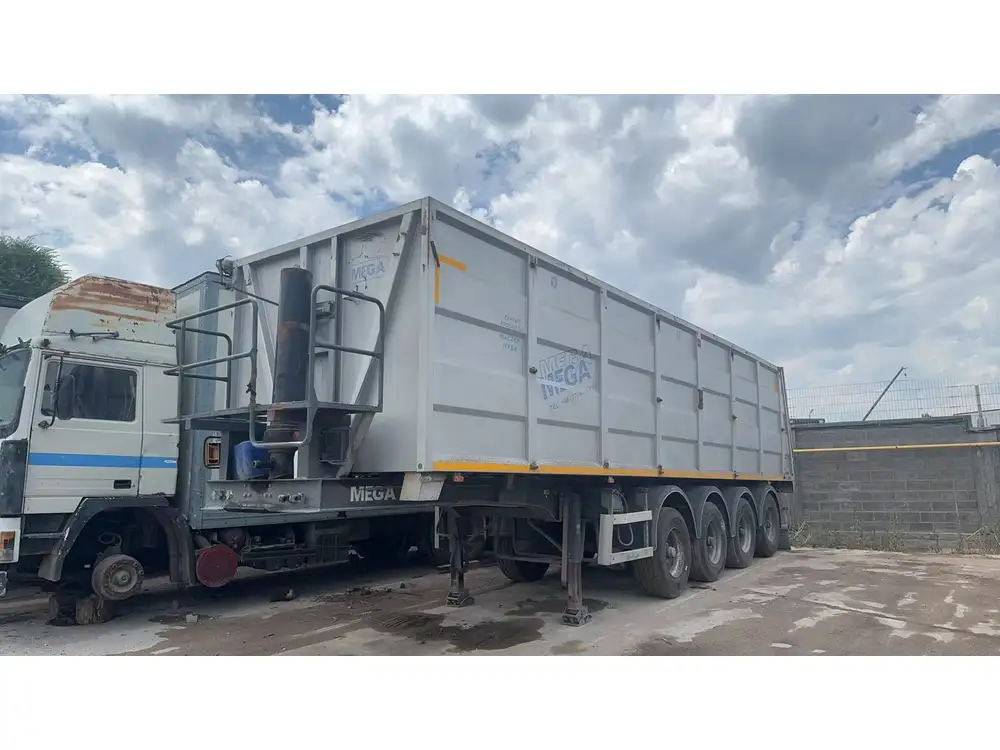
The Role of Solenoids in Hydraulic Systems
A solenoid is an electromechanical device that converts electrical energy into linear motion, commonly used in hydraulic systems to control the flow of hydraulic fluid. In the context of a dump trailer, the solenoid acts as a switch that opens and closes the hydraulic flow, ultimately raising or lowering the trailer bed.
Key Components of a Hydraulic System
- Hydraulic Pump: Generates the flow of hydraulic fluid.
- Hydraulic Fluid Reservoir: Stores hydraulic fluid.
- Solenoid: Controls the direction of fluid flow.
- Hydraulic Cylinder: Converts hydraulic energy into mechanical power, lifting the trailer bed.
- Control Switch: Enables operator control of the hydraulic system.
The Importance of Efficiency in Dump Trailer Operations
Efficiency in dump trailer operations not only saves time but also reduces wear and tear on the components, leading to longevity and reduced maintenance costs. Hence, understanding how solenoid configurations can impact performance is crucial.
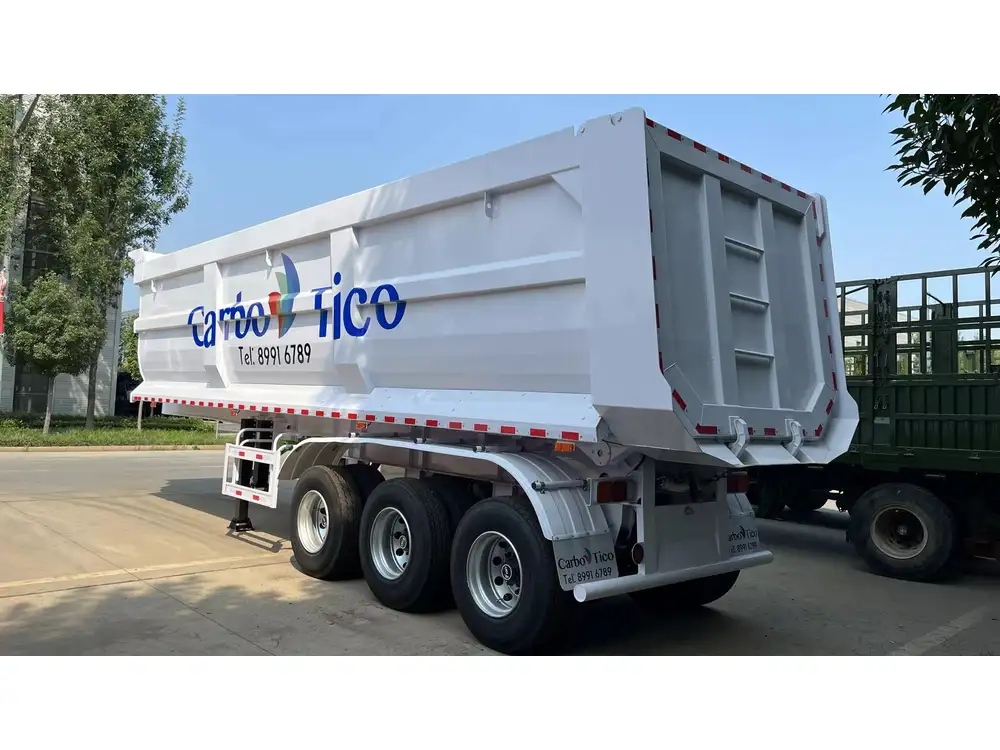
Can One Solenoid Operate a Dump Trailer?
The straightforward answer is both yes and no, and the context is essential. Utilizing a single solenoid in a dump trailer is feasible, but it involves trade-offs:
Pros and Cons of Using a Single Solenoid
| Advantages | Disadvantages |
|---|---|
| Simplified Design | Reduced Control |
| Fewer components mean easier installation and maintenance. | Limited precision in controlling multiple hydraulic functions. |
| Cost-Effective | Potential for Increased Wear |
| Lower initial investment in components. | Heavier duty cycles can lead to faster degradation of the solenoid. |
| Space Saving | Risk of System Overload |
| Ideal for compact trailer designs. | May struggle under high capacity or sudden operational demands. |
Operational Considerations When Using a Single Solenoid
- Load Capacity: A single solenoid must be rated for the maximum load of the trailer; otherwise, it may not function effectively, particularly under heavier loads.
- Duty Cycle: Understanding the duty cycle of the solenoid is crucial. Continuous duty solenoids aid in prolonged operations without overheating.
- Hydraulic Systems Compatibility: Ensure the hydraulic system and the solenoid are compatible, as incorrect pairing can lead to system failures.
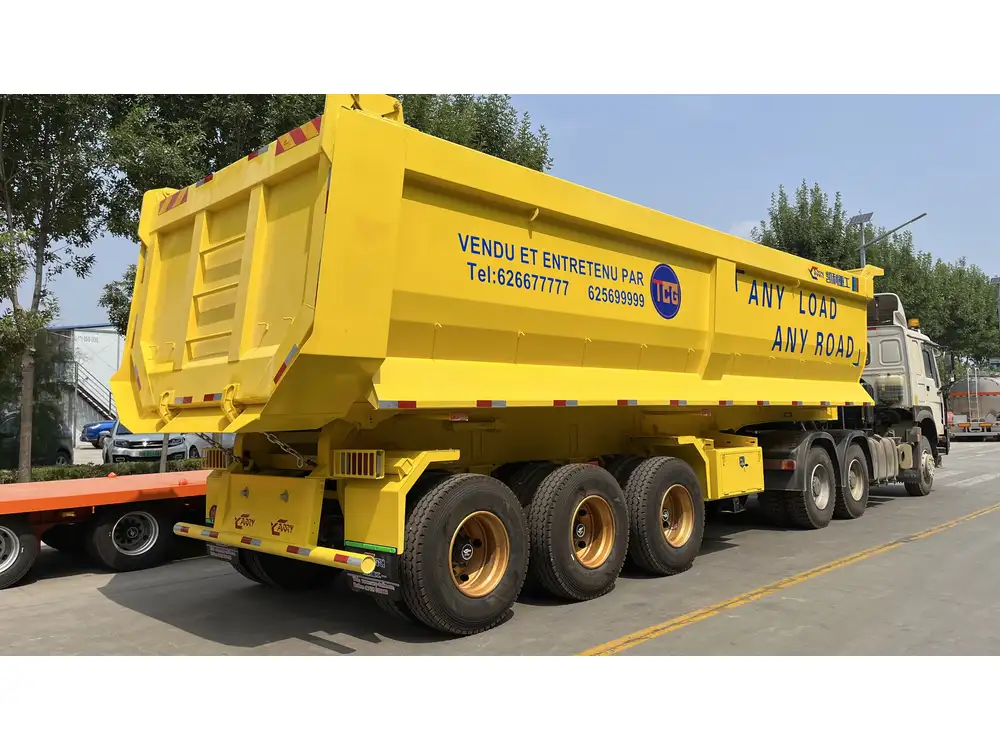
When to Use Multiple Solenoids
In certain scenarios, employing multiple solenoids is more beneficial. This section outlines instances when users should consider a multi-solenoid approach:
Enhanced Control and Efficiency
Using multiple solenoids allows for intricate control of the hydraulic system. Different solenoids may be employed for various trailer functions, such as raising the bed, adjusting the angle of discharge, or even controlling auxiliary functions like brakes.
Specific Advantages of Multi-Solenoid Configurations:
- Independent Control: Each solenoid can be dedicated to specific hydraulic actions, enhancing responsiveness.
- Load Distribution: Multiple solenoids can help distribute the workload, thus reducing wear on any single component.
- Backup Systems: In the event of a malfunction or failure of one solenoid, others can take over, maintaining operational integrity.
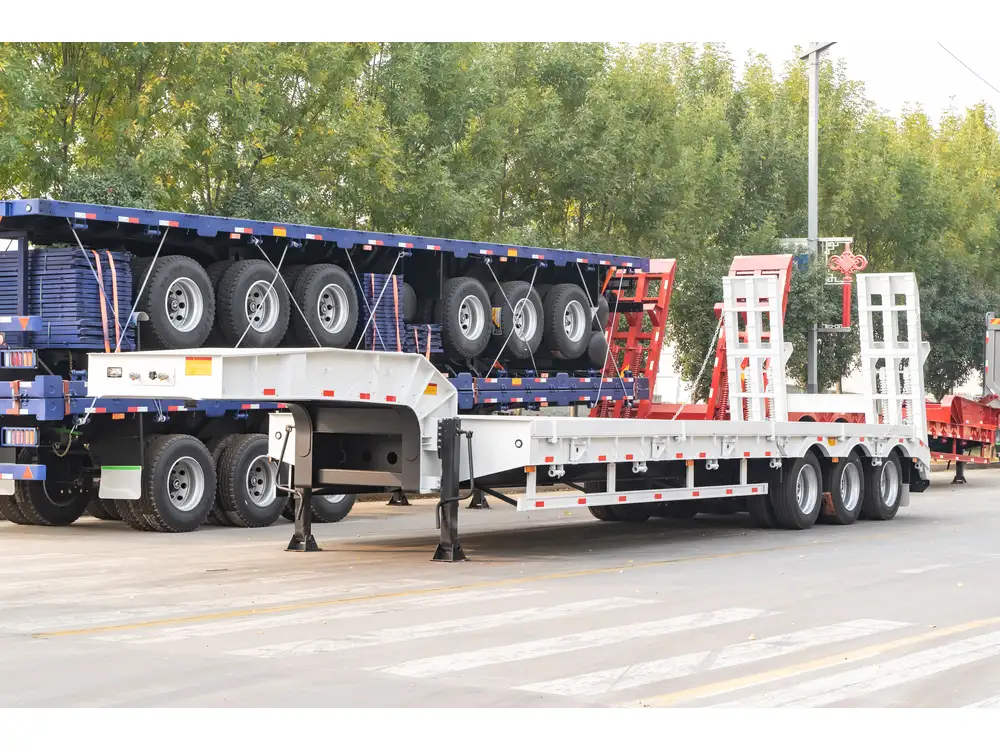
Considerations for Multi-Solenoid Systems
Here are a few logistical considerations for operating multiple solenoids:
- Increased Complexity: More components mean more potential points of failure and the need for precise wiring.
- Higher Costs: Initial investments are greater due to additional parts and increased installation time.
- Space Requirements: Additional components necessitate more space, which may be a consideration in compact trailer designs.
Troubleshooting Common Issues with Solenoids in Dump Trailers
Whether opting for a single or multiple solenoid setup, issues may arise. Here are some common problems and solutions that users may encounter:
Signs of Solenoid Failure
- No Response: If nothing happens when the control switch is activated, it may indicate a failed solenoid.
- Inconsistent Operation: Erratic behavior, such as intermittent lifting, may suggest electrical issues or a worn-out solenoid.
- Overheating: Continuous overheating can point to a solenoid being overworked beyond its rated capacity.
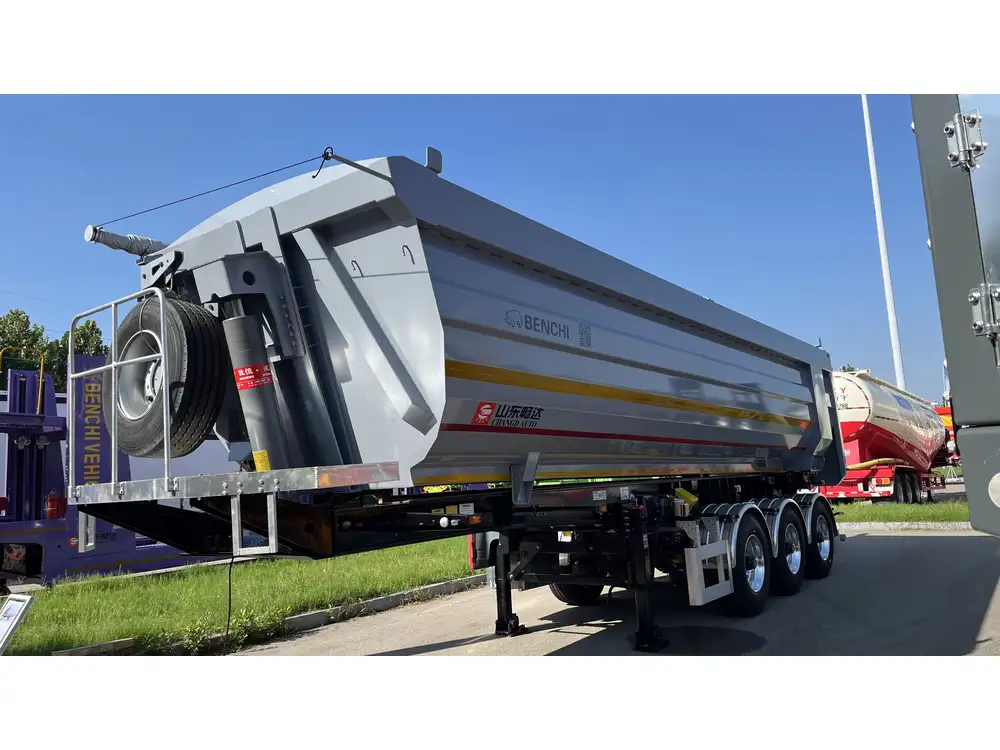
Troubleshooting Steps
- Visual Inspection: Regularly check for frayed wires, corrosion, or leaks in the hydraulic lines.
- Electrical Testing: Utilize a multimeter to ensure proper voltage is being supplied to the solenoid.
- Observe Functionality: If troubleshooting a single solenoid, consider temporarily swapping with a new one to identify if the issue persists.
Best Practices for Operating Dump Trailers with Solenoids
The longevity and performance of dump trailers depend significantly on the operational habits of the user. Follow these best practices for optimal performance:
Regular Maintenance
- Routine Checks: Inspect hydraulic fluid levels, hoses, and solenoids regularly.
- Clean Components: Keep the solenoid and hydraulic system free from contaminants.
- Lubrication: Maintain proper lubrication on moving parts to reduce friction and wear.

Efficient Operation
- Gradual Engagement: When operating the dump trailer, engage the hydraulic system gradually to avoid sudden surges in pressure that can strain components.
- Weight Management: Adhere to load capacity guidelines to prevent overloading which can lead to solenoid and hydraulic cylinder failure.
- Scheduled Downtime: Allow the system to cool down after extensive use to prolong component life.
Understanding System Limitations
Recognizing the limitations of your solenoid and hydraulic system helps prevent unnecessary damage. Evaluate specific requirements, such as height and angle of lift, and ensure they align with the solenoid’s capabilities.
Conclusion
In summary, the question of whether one solenoid can operate a dump trailer hinges on contextual factors such as load capacity, efficiency needs, and design specifications. While a single solenoid can suffice in less demanding applications, leveraging multiple solenoids provides enhanced control and can accommodate more complex demands. Regardless of the chosen method, attention to operational best practices and continuous maintenance can significantly optimize the lifespan and effectiveness of a dump trailer.
In the end, the choice between a single solenoid configuration and multiple solenoids should align not only with the technical specifications of the trailer but also with the operational needs and preferences of the user. By considering all these factors, users can make informed decisions that lead to better performance, increased safety, and greater efficiency in their dump trailer operations.



